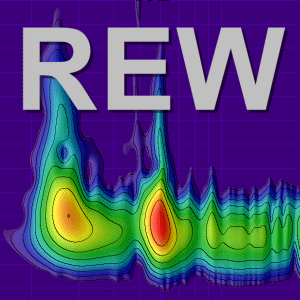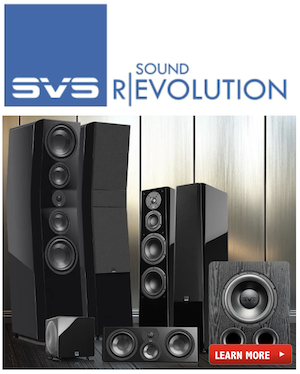basscleaner
Member
Thread Starter
- Joined
- Nov 7, 2024
- Posts
- 19
More
- Front Speakers
- USHER SD-500
Hello! I'm a new in this theme, but for REW use experience. This is the invitation to discuss for some improving (to my opinion) REW in low frequencies problem solving. Sorry in advance, if it will be not new for you. Briefly, if to define the space of variables, which are responsible for peaks&dips "good behavior" in frequency responce for real room geometry, source parameters, antropology and design limits, it means, that we have typical task with multiple variables. We, as a rule, can reduce the number of them due to obvious demands and conditions and simplify calculations. For instance, the room height, egulateral triangle for listener and front distance range, LF acoustic center location(s), etc. Hence, one may to use Monte-Carlo methods to find the best system (LS+Listener) position for the room, if preliminary to set value of FR deviation as a target function. I had a deal with many projects in past, where I did such a work with big loss of time. "Random walk" into the task space with good "histories statisitics", sure, allow to find number of best positions and to do the right choice. This proposal at least deserves it be taken into consideration, don't you?














